Behind the Image is an ongoing MODELS.com series taking a more personal look at both established and emerging creative talent.

Justin French | Image courtesy of We Folk
Justin French, Photographer
Hometown: Chicago
Based: Brooklyn, NYC & London, England
Representation: We Folk
How would you describe your work? What’s your trademark?
My work is an exploration of humanity, mythos, and classical portraiture. However, after some self-reflection, I find it difficult to pinpoint a single defining trademark. Instead, I strive for precise composition and the flexibility to adapt my lighting style to best complement each story.
How did you get into your chosen career?
I wouldn’t say by accident, but I certainly wasn’t striving for it. I think image-making stimulated me. It challenged me as it wasn’t a practice, and I had no structured training. The appropriate encouragement and guidance from people far better than me steered me up this path.
How did you first discover your passion for photography, and what specifically led you into the world of fashion photography?
I’ve always passively enjoyed taking pictures, but I would say that around 2013, I took a more active interest in photography as a dedicated hobby. With respect to fashion, I always found myself adjacent to it, but I was somewhat conditioned not to expect my style of image-making to coincide with fashion—likely due to an aversion to rejection. As it gradually collided, I found it to be a very fitting space to exercise creativity.
Your work often carries a cinematic/documentary feel. How do you approach composition and storytelling within a single frame?
Simulating cinema was the most practical way of adapting to the practice of storytelling through stills. Early on, the question was often, ‘What’s the story?’ I don’t hear that as much today, but it remains a key question when developing photo projects. I was really fascinated by chiaroscuro in cinematography and loved the idea of utilizing light as an agent for story progression. In instances where the variables of a project don’t always allow for a distinguishable narrative, lighting can enhance the intensity of a scenario, demanding deeper examination and creating a story of its own.
What inspires your creative process and influences your artistic vision?
Living life is the most vital influence we can have to steer artistry, experiencing it openly so that when the opportunity arises, you have something substantial to share.
What have been the biggest challenges you have faced professionally?
The biggest challenges are universal to my current and previous careers. They typically revolve around translation (or miscommunication) and finding adequate means of externally contextualizing concepts in a way that collaborators can comprehend and agree with.
What is one thing outside of your work that you would like people to know about you?
I really love philosophy and economics. I studied Econometrics and the Mathematical Applications of Economics, primarily in Agriculture and South Asian/EU regulations. After graduation, I landed a position in analytics, working mostly with proprietary data and service providers. This role, along with other jobs—including barista, concierge, property manager, and legal aide for a regionally beloved attorney in Chicago—shaped my experience in ways I only now truly appreciate. Looking back, I realize how much of those experiences I’ve been able to leverage in my life today.
What do you love about what you do?
I love that my work requires me to consider the beauty in humanity. It places me among incredibly talented artisans, writers, performers, and technicians of all kinds. We have the opportunity to share with one another and enrich ourselves. There’s nothing as timeless as an honest portrait, and I truly enjoy the brief, connective moment that comes with taking one.
What have you watched/heard/read lately that has inspired you?
– Eros and Civilization by Herbert Marcuse
– The Black Technical Object: On Machine Learning and the Aspiration of Black Being by Ramon Amaro
– The African Gaze by Amy Sall
– Black Africa: The Economic and Cultural Basis for a Federated State by Chiekh Anta Diop
– Art on My Mind: visual politics by bell hooks
– The January Children by Safia Elhillo
– Salvage: Readings from the Wreck by Dionne Brand
– House of X/Powers of X by Jonathan Hickman
Who do you think is one to watch?
I really enjoy watching the ones who are going to create, whether or not they are being watched. Necessity creators:
– Safia Elhillo – writer
– Kara Jackson – writer/performer
– Keiyaa – writer/performer/ producer
– Lamin Fofana – producer/performer/writer
– Neva Wireko – photographer
– James Massiah – writer/performer
Selected Work
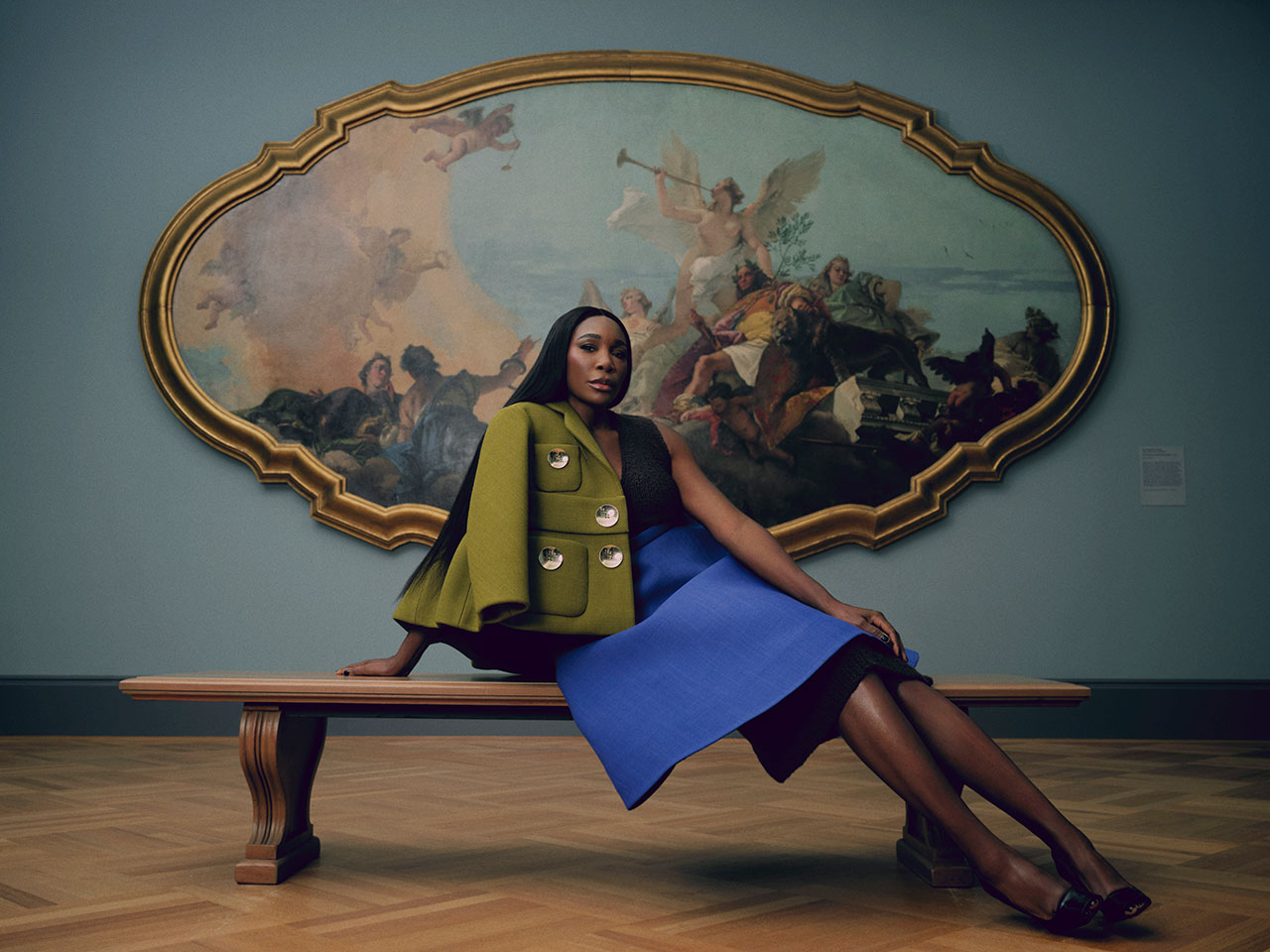
Venus Williams | Image courtesy of We Folk
Cultured Magazine
This was a particularly beautiful day. We were able to utilize the Metropolitan Museum as a space. Ambient lighting was very controlled, but it allowed for absolutely pristine conditions to capture Venus (Williams).
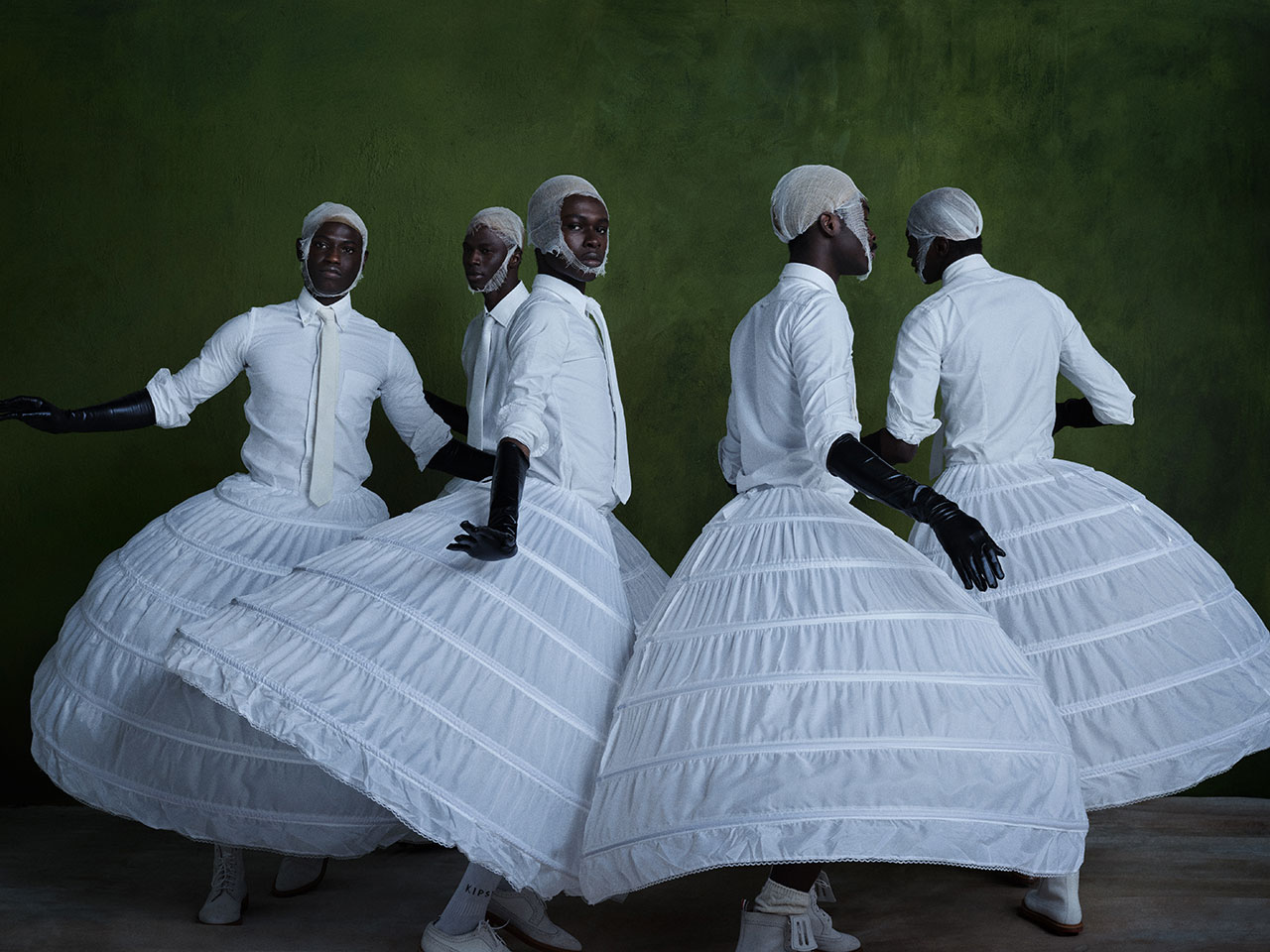
Image courtesy of We Folk
Relaunch of Acne Paper
This was for the relaunch of Acne Paper. We had a level of freedom on this project that is quite rare these days. It turned out to be one of my most liberating projects, setting a personal precedent for how I would like to approach self-initiated projects.
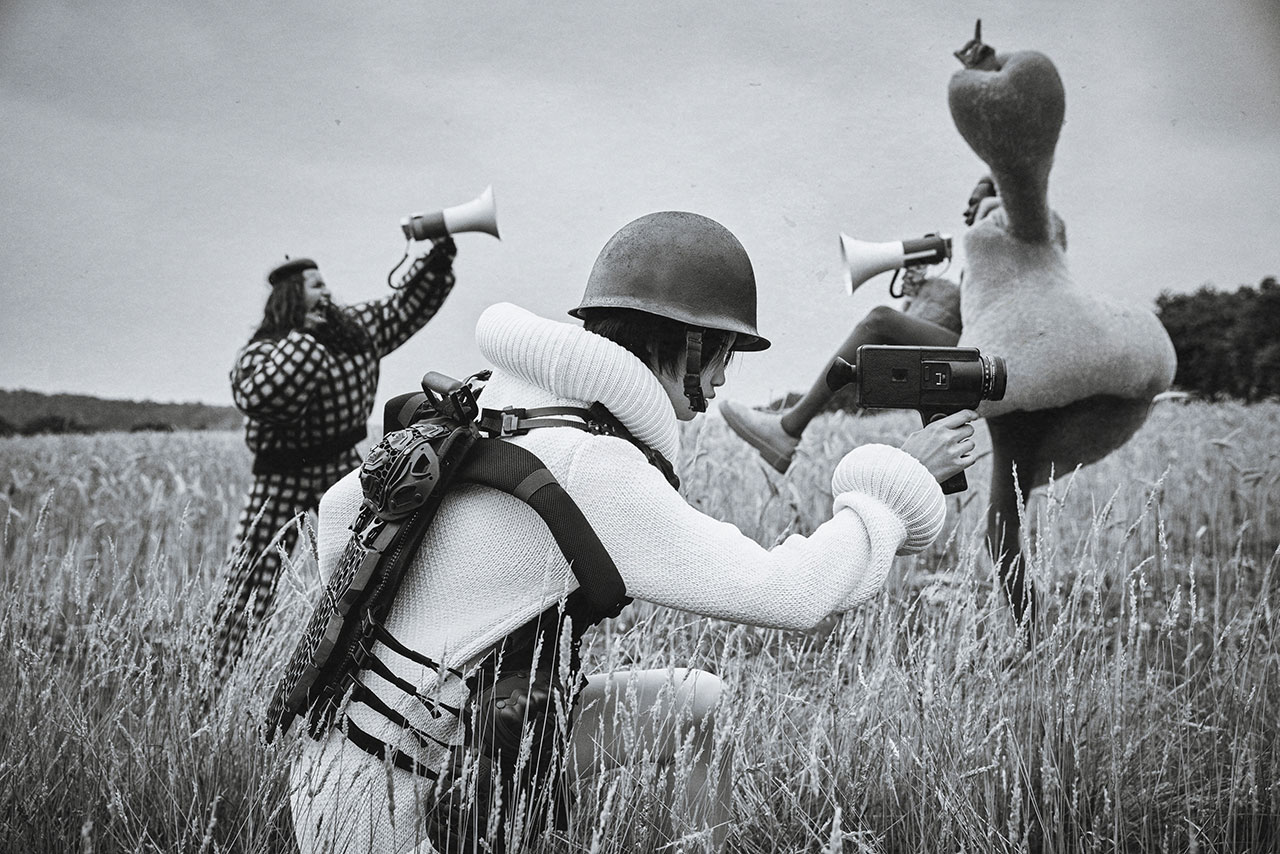
Image courtesy of We Folk
Field of Dreams for Dazed Magazine
We (the creative team) had established that when we shoot, we want to create a certain synergy and levity in our images that feel both dire and lifting. I loved how much like a cinematic still this particular image felt.
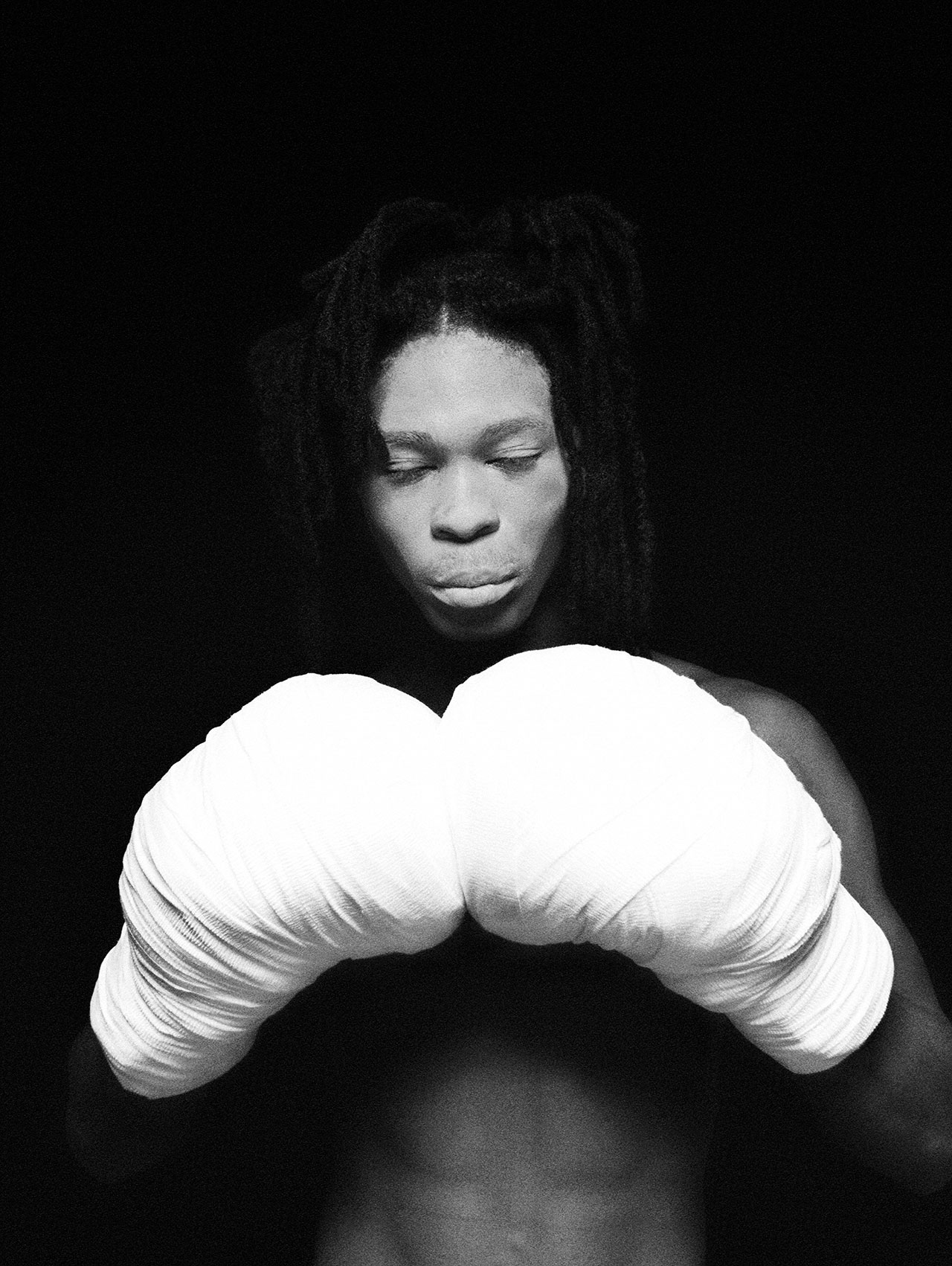
Image courtesy of We Folk
Shadow Circuit
A personal project that I was challenged to photograph via a smartphone. This was a really challenging exercise, having shot for so many years with traditional cameras. I had to adjust continuous lighting and work with the limited controls of an on-phone camera.
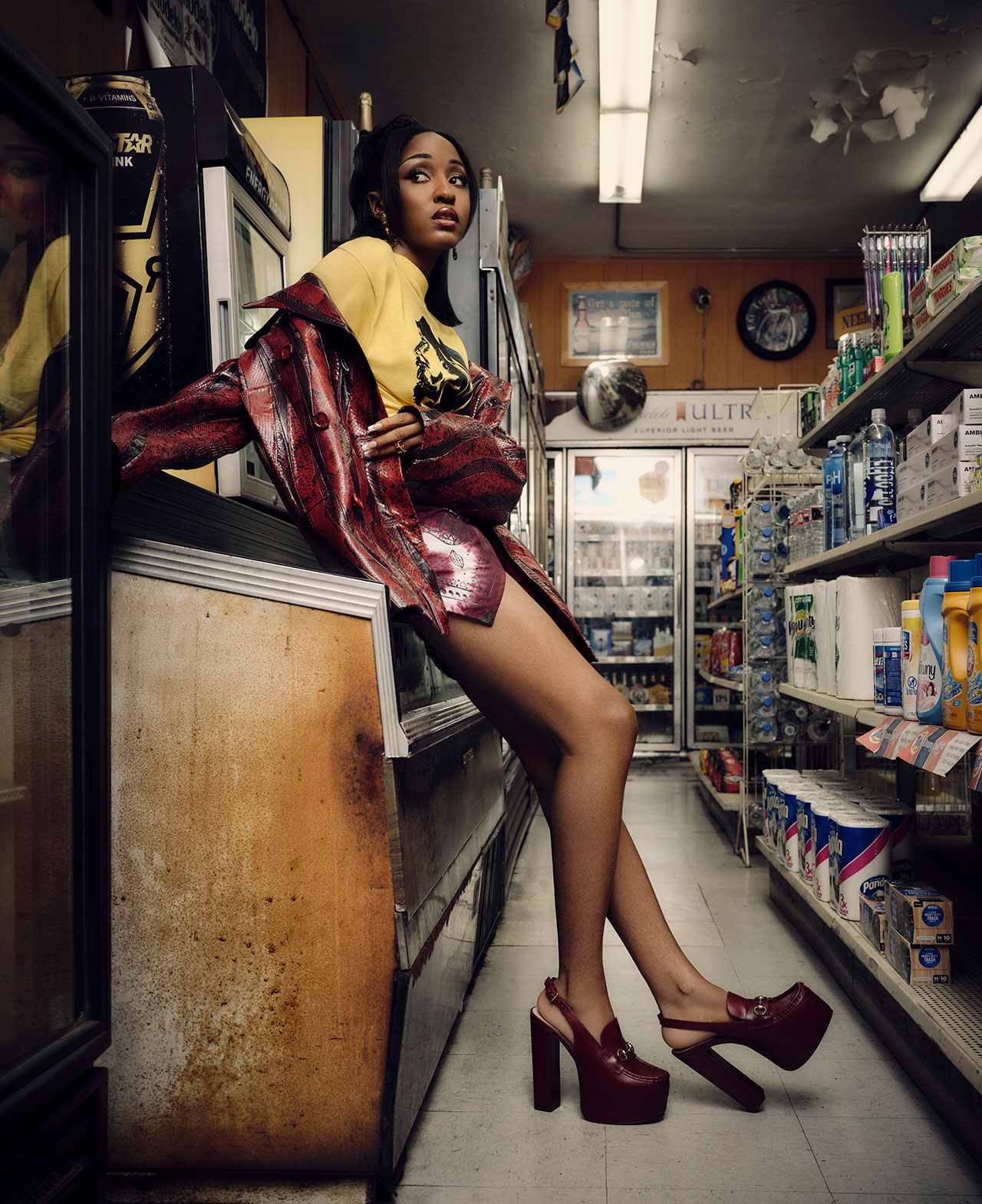
Ayo Edebiri | Image courtesy of We Folk
Citizen Magazine 004 Covers
Presented with an almost impossible time frame, we were forced to be spontaneous. What I love about this shoot is that, contextually, it feels very instinctual to her. Part of what I think is very important when photographing talents is to ensure that the story isn’t visually too out of place for who they are (and the public knows them to be). Ayo (Edebiri) was and looks so natural throughout the story.







